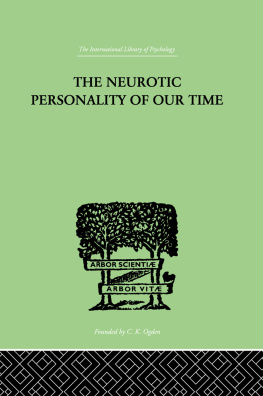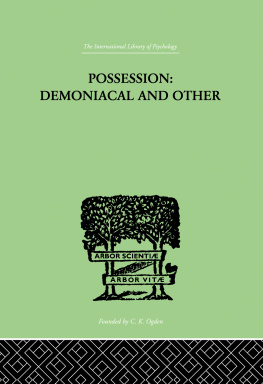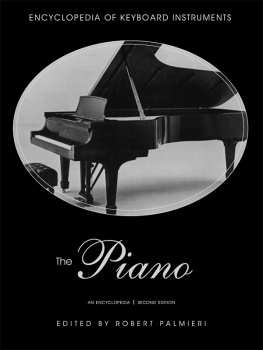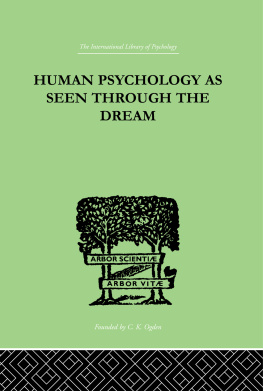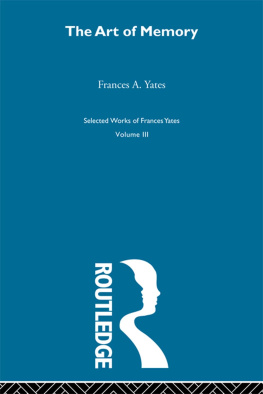World War II in Europe
| VOLUME I |
| SECTION I | SOCIAL AND POLITICAL ISSUES AND EVENTS |
| SECTION II | LEADERS AND INDIVIDUALS |
| SECTION III | UNITS AND ORGANIZATIONS |
| VOLUME II |
| SECTION IV | WEAPONS AND EQUIPMENT |
| SECTION V | STRATEGY, TACTICS, AND OPERATIONAL TECHNIQUES |
| SECTION VI | BATTLES, CAMPAIGNS, AND OPERATIONS |
MILITARY HISTORY OF THE UNITED STATES (VOL. 6)
GARLAND REFERENCE LIBRARY OF THE HUMANITIES (VOL. 1254)
World War II in Europe
An Encyclopedia
Editor
David T. Zabecki
Assistant Editors
Carl O. Schuster
Paul J. Rose
William H. Van Husen
First published 1999
by Garland Publishing, Inc.
This edition published 2015
by Routledge
711 Third Avenue, New York, NY 10017, USA
2 Park Square, Milton Park, Abingdon, Oxon, OX14 4RN
Routledge is an imprint of the Taylor & Francis Group, an informa business
Copyright 1999 David T. Zabecki
All rights reserved
Library of Congress Cataloging-in-Publication Data
World War II in Europe: an encyclopedia / editor, David T. Zabecki; assistant editors,
Carl O. Schuster, Paul J. Rose, William H. Van Husen.
p. cm. (Garland reference library of the humanities; 1254.
Military history of the United States; v. 6)
Includes bibliographical references and index.
Contents: v. 1. Social and political issues and events. Leaders and individuals.
Units and organizationsv.2. Weapons and equipment. Strategy, tactics, and
operational techniques. Battles, campaigns, and operations.
ISBN 0-8240-7029-1 (alk. paper)
1. World War, 1939-1945EuropeEncyclopedias. I. Zabecki, David T.
II. Series: Garland reference library of the humanities; vol. 1254. III. Series: Garland
reference library of the humanities. Military history of the United States; v. 6.
D740.W67 1999
940.53dc21 98-27981
CIP
Cover design by Lawrence Wolfson Design, New York
ISBN 13: 978-0-8240-7029-8 (hbk) (vol 1-2)
In memory of
Professor Richard Blanco, the founding editor of this series
Contents
by Martin Blumenson
Having participated in the Second World War in Europe and having spent my adult life studying it, lecturing and writing about it, and teaching it at the collegiate and graduate levels, I am pleased to endorse Garland's World War II in Europe: An Encyclopedia, edited by David T. Zabecki. It is a work of reference beyond my expectations. Its features are unique and rewarding.
What is an encyclopedia supposed to be? It is a volume or series of volumes containing and dispensing useful information arranged systematically. Its purpose is to provide data readily, nay immediately, to those who are curious about an event, figure, group, method, circumstance, condition, or other subject. It deals with all aspects of the matter under consideration and all sides of the subject under review. It is factual and accurate, reliable and authoritative, as well as objective.
Encyclopedias of a general nature present a compendium of universal learning comprehensive in scope, chat is to say, encompassing all fields of study. Those of a special nature proffer an exhaustive treatment of a single branch of knowledge, a particular academic discipline, or a large and complex happening.
Whether of a general or special type, an encyclopedia serves a wide variety of users. They range from the expert who requires instant confirmation or correction of a date or of a half-remembered sequence of occurrences, to the lay person who hopes to expand his or her understanding. Some persons consult an encyclopedia the way they do a dictionary; others use it as a research tool. Readers must be able to easily find exactly what they are looking for.
This encyclopedia more than meets the criteria of a special work of reference. It rigorously conforms to the highest standards of completeness and authenticity. Eminently readable, it opens its contents without putting obstacles in the way of meaning.
World War II was the greatest single event of the twentieth century. World War II in Europe: An Encyclopedia is concerned with an important segment of it. The unfolding conflict, as well as its deep-ranging roots and far-reaching consequences, has stimulated a huge literature, a veritable library. The most significant books dealing with the struggle are listed here in an admirable Selected Bibliography in order to guide those who wish to pursue their interests beyond the encyclopedias covers. Furthermore, each entry carries its own list of sources for those who seek additional information.
A corps of historians and military experts, the staff of contributors, has distilled and summarized the story of the war in Europe in under a million wordsa remarkable achievement. The articles describing what happened, why, and to what ensuing ends are concise, even terse, for they need to utilize available and limited space economically. Yet their prose is smooth, surprisingly leisurely in pace, and quickly assimilated.
Garland's encyclopedia has several features well worth noting, for they are special assets normally absent from works on World War II. Firstly, there is implicit recognition of the Soviet Union's importance. A great deal of attention, much more than usual in Western reference works, is therefore devoted to the area of Soviet activity and the eastern front. Secondly, the encyclopedia narrates the significant role of women in the contest. Many women performed outstanding deeds as individuals and as members of groups. Their accomplishments are here recorded.
Thirdly, the encyclopedia is concerned not only with the war itself and how it was prosecuted, but also with its prewar causes and postwar results. It is, therefore, in its totality a history lesson. It describes how and why the war came about, the confrontation of the adversaries, and what the outcome brought. There are no lacunae in the text. Fourthly, splendid photographs, maps, tables, glossaries, chronologies, appendixes, and a list of code names amplify the facts presented. A comparison of military ranks among the various nations at war is most helpful.
Lastly, the encyclopedia has a unique structure. Most compendia are simply organized alphabetically. The editor of this encyclopedia has separated its information into six different sections. Within each section the articles are arranged alphabetically. Dividing the materials on the war into particular compartments has, somehow, clarified major relationships, that is to say, showed the interaction among the various kinds of data.
For example, the first section, SOCIAL AND POLITICAL ISSUES AND EVENTS, discusses these two aspects of the conflict. The entries concern prewar, wartime, and postwar developments. The intent is to offer an understanding of the nonmilitaty factors bringing about and shaping the war and its aftermath. War, Carl von Clausewitz has said, is a political act; therefore an appreciation of the social forces at work in the world and how the politicians and diplomats acted is necessary. Among these entries are "Allied Conferences," the "Beer Hall Putsch," the "Curzon Line," "French Resistance," the "League of Nations," " Lebensraum," the "Morgenthau Plan," and the "Treaty of Rapallo."
The next section is entitled LEADERS AND INDIVIDUALS, referring to those who directed vital parts of the war or achieved prominence in some way. Among the individuals discussed are Konrad Adenauer, Wladyslaw Anders, Lavrenty Beria, Anne Frank, and Earle Wheeler,



